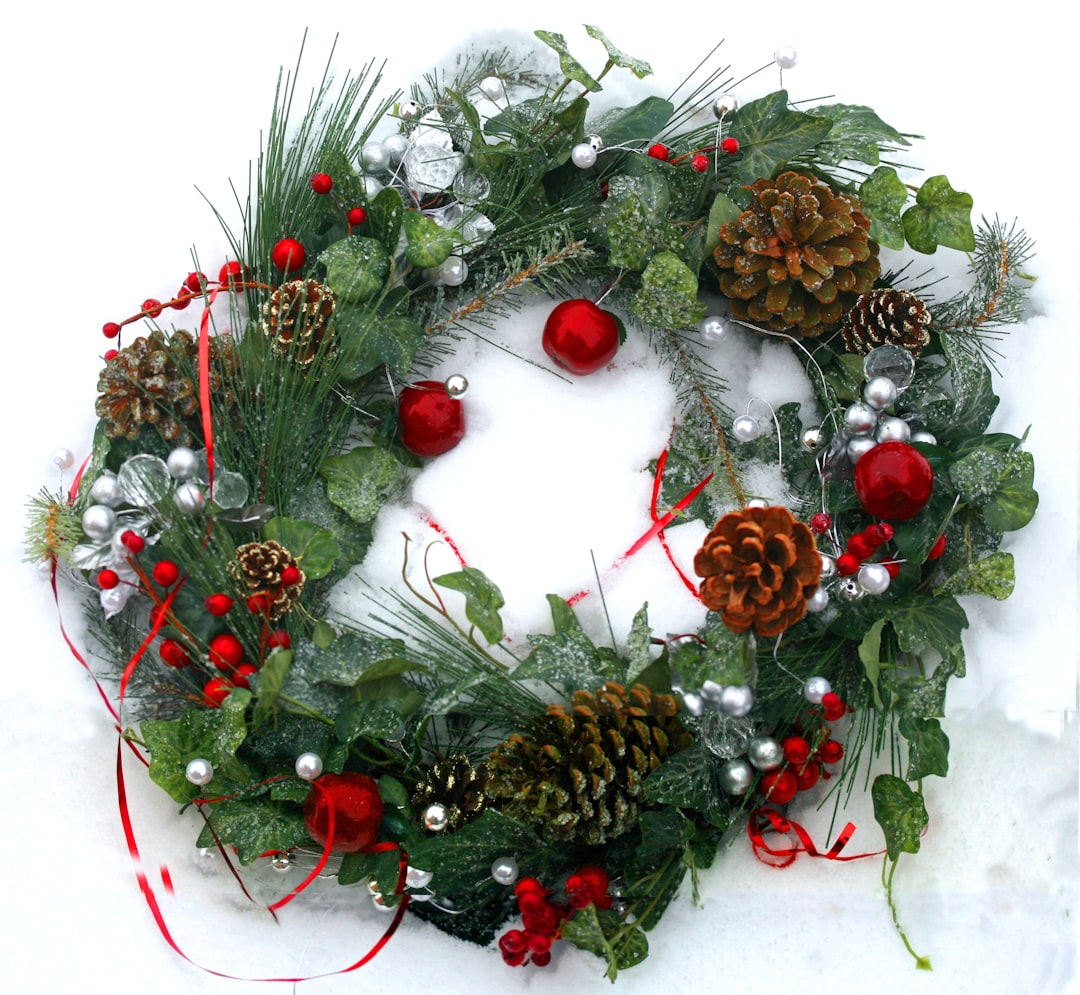Christmas Symbols
By Fr. Daniel Pinheiro, IBP - Our society is lost and immersed in a deep naturalism and is incapable of understand the symbols on Christmas, which all talk about the mystery of salvation.
Note from the translator: This is an excerpt from a sermon delivered on December 22, 2013, by Fr. Daniel Pinheiro, superior of IBP in Brazil. You can read the original in portuguese here.
The newspaper with the largest circulation in Brasilia, Brazil gives the following explanation for some of the symbols of Christmas:
the Christmas tree would simply be a sign of life emerging, a sign of a new cycle;
the ornament balls on the Christmas tree would represent the fruits of our actions during the year;
the bells would herald the arrival of a new time and the changes that come with that new time;
the lights would mean that people's souls and emotions are clearer or would mean the awakening of good feelings and good deeds in each person's heart;
the nativity scene would simply represent the appreciation of the family nucleus and also simplicity, through the birth of Christ in the stable;
the gifts would be the manifestation of the will to donate to others, in a gesture of philanthropy.
We found, in these simple explanations of these Christmas symbols, how much our society is lost and immersed in a deep naturalism, incapable of understanding supernatural realities, even though clearly signified in these symbols. The most important event in human history is reduced to simple explanations, sometimes meaningless. The birth of the Child Jesus, true God and true man, is diluted in a diffused purely human Christmas spirit, of causeless joy and, deep down, of something purely sentimental and irrational.
The symbols of Christmas, which have emerged throughout history, actually help us to understand more deeply the mystery of Christ's birth, the mystery of redemption, from its beginning.
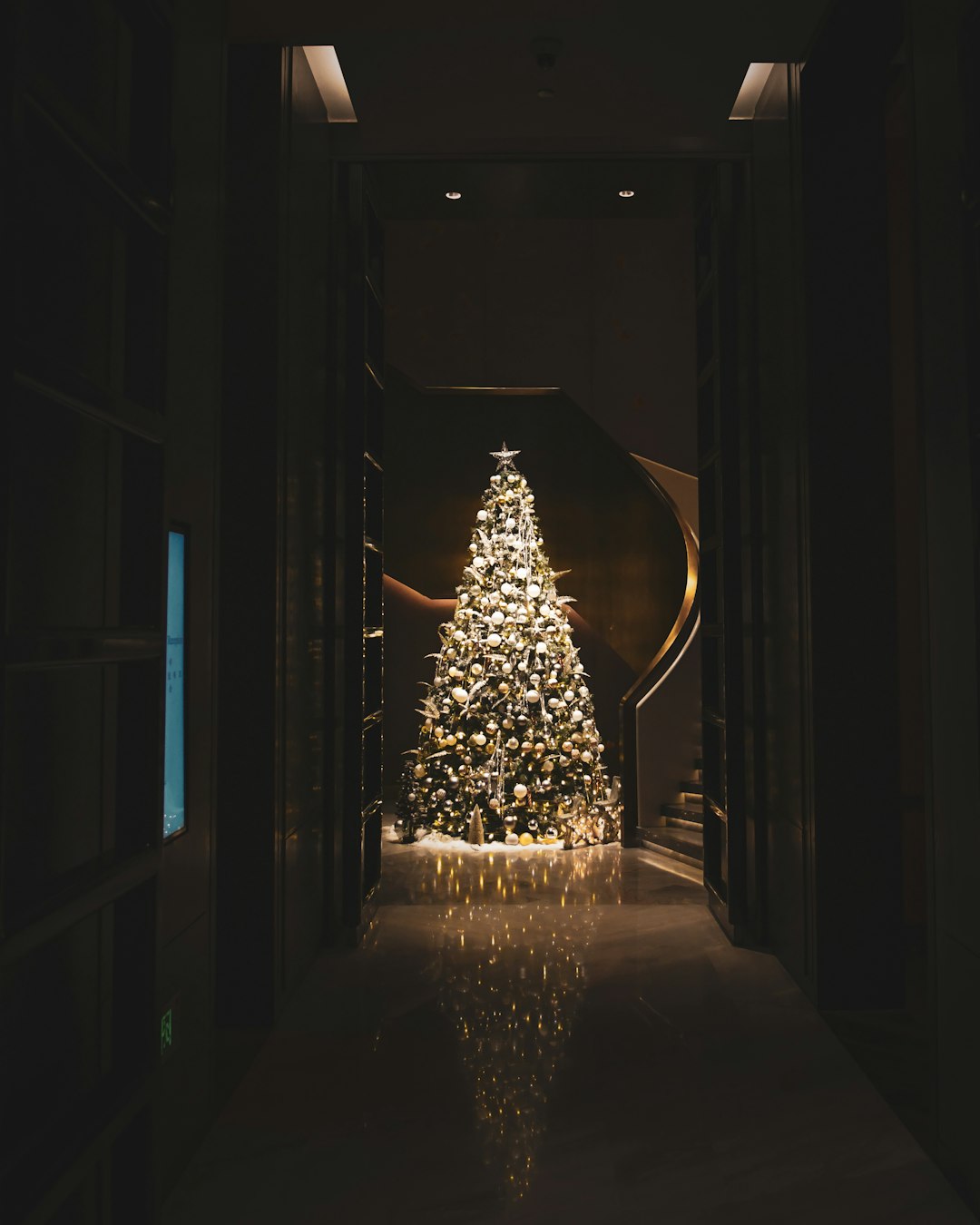
Thus, the Christmas tree reminds us of the trees of earthly paradise, where Adam and Eve lived when they were created. It takes us back to the tree of the knowledge of good and evil, from which our first parents were forbidden to eat. By eating, deceived by the devil, the father of lies, they introduced sin, death, suffering, inordinate concupiscence. With sin, men could no longer obtain salvation, nor satisfy by sin, since the offense to God was infinite and we are poor creatures, therefore, finite. We needed a redeemer, who could atone for sin with an act infinitely pleasing to God. Only a God-man could do that. The Christmas tree thus reminds us of the reason for Christ's incarnation: sin and the consequent need for redemption. Christ comes into the world to redeem us from sin, satisfy for our sin, achieve God's grace and make eternal life possible for us. The Christmas tree also makes us understand that Christ is the fruit of eternal life, he is the food of eternal life, as opposed to the forbidden fruit of the tree of the knowledge of good and evil. He is the fruit of eternal life, if we are faithful to the grace He gives us to firmly believe everything He has told us and to do His will in all things.

The ornament balls on the Christmas tree should remind us, on the one hand, of the forbidden fruit, which led our first parents to sin, but, on the other hand, they should make us understand that Christ is the fruit that gives eternal life. Thus, in the Ave Maria (Hail Mary), we say that Christ is the blessed fruit of the womb of Our Lady. The Christmas tree also reminds us of Isaiah's prophecy which states that the Messiah will come out of the stump of Jesse, father of David, and that a flower will sprout from the root of Jesse. Finally, the Christmas tree reminds us of another very important tree which is the Cross, the wood of the Cross. It is on the Cross that redemption is completed, after the birth of the child God, after his hidden life and his public life. The Christmas tree already announces to us the tree of the Cross, a glorious tree that deserved to bear the members of God made man.

And, on the Christmas tree, we traditionally see a star at the top, which is nothing more than the Star of Bethlehem, which led the Magi to the Child God. If the star is still, it tells us where Christ is. The star tells us that that tree, the tree of life, the tree that redeems us and saves us, is Christ.
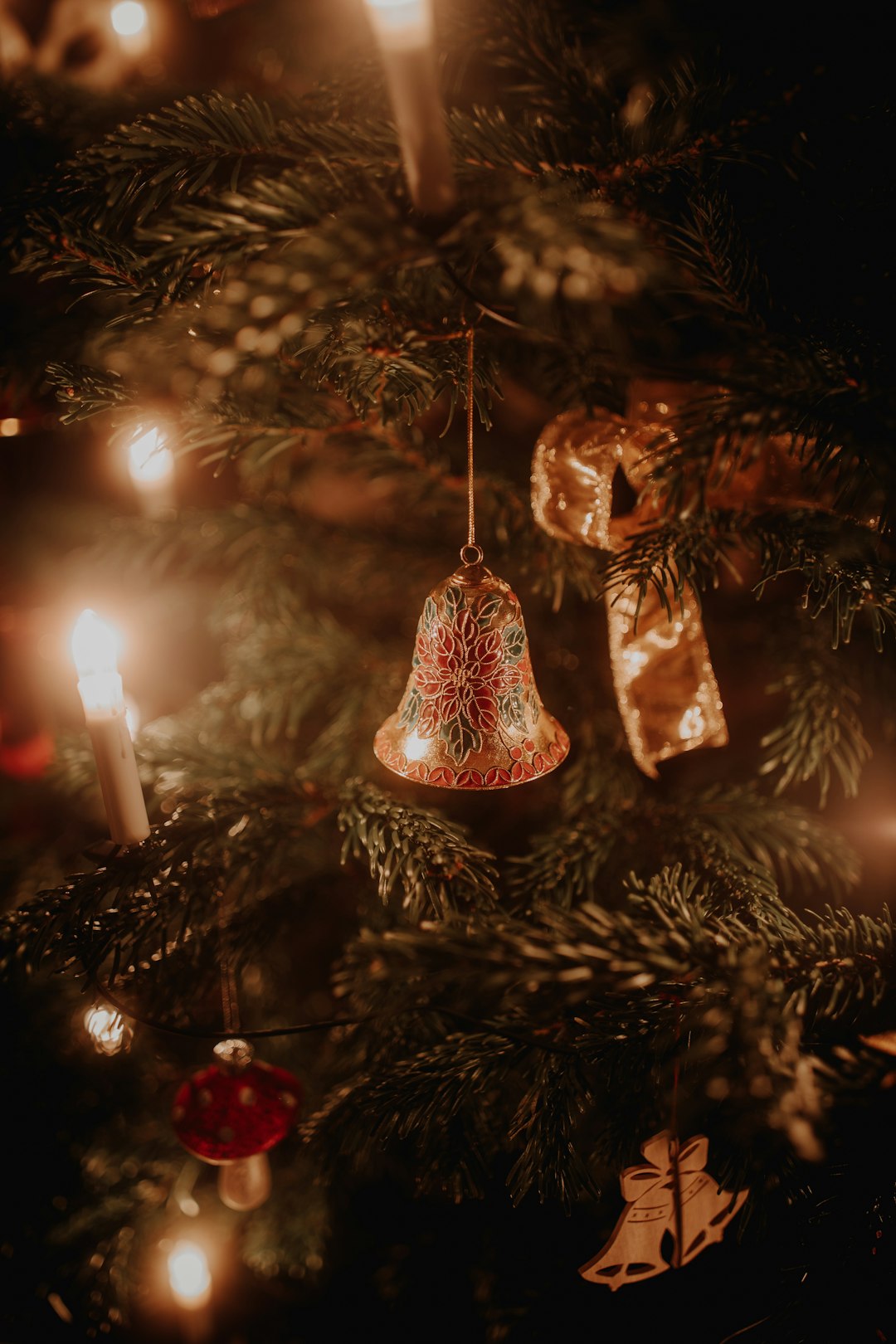
The bells, which are also a very present symbol in Advent and Christmas, announce the joy of the Savior's coming, combined with the singing of angels, the Gloria in excelsis Deo. Therefore, at Midnight Mass, the bells ring throughout the Gloria in excelsis Deo of the Mass, overflowing with joy.
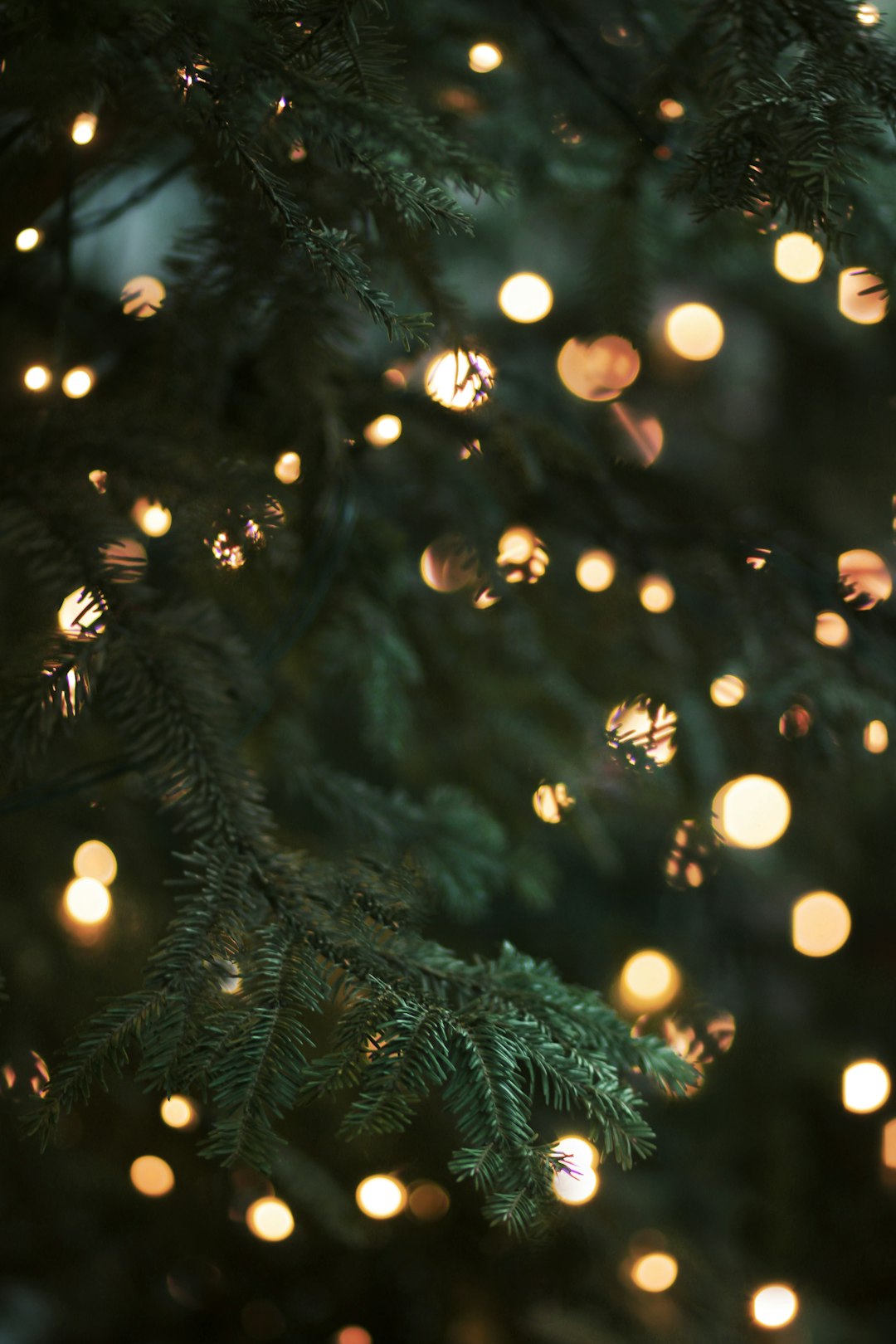
The Christmas lights, which shine on the nights of that period of the year, are a manifest symbol of the Light (with a capital L) that comes into the world and that shines in the midst of darkness. Christmas lights are seen, above all, at night, to show that Christ is the light of the world, who appeared in the world when the whole world was immersed in the darkness of sin and death. Christ is the Light of the world not in a vague or esoteric way. It is very common to hear people wishing others a lot of light. What they mean by this, however, is difficult to know. Christ is the Light of the world that illuminates the intelligences with the sublime divine truths and that makes our will burn with charity, with the love of God and the love of the neighbor for the sake of God. Christ illuminates our intelligence by clearly showing us the divine goodness, who sends his own Son to save us, to suffer for us. At the same time, by showing us His love, He inflames our will to love Him in return, to love Him effectively, doing what pleases Him. Christ is the Light of the world clearly, unambiguously. He brings us salvation, union with God. This is a thought that must accompany every step of our life: “The Word was made flesh to save me, to take me to heaven. How have I reciprocated such love?” The lights of Christmas therefore have a beautiful meaning: they point us to the true light of the world, which is Christ, to the only hope of salvation and redemption. Outside of Christ and his Church, which is nothing else than the Mystical Body of Christ, there is only darkness and gloom. Christmas lights are also an invitation for the Holy Family to enter our homes, it is the affirmation that here they will be able to find the accommodation they did not find in Bethlehem.
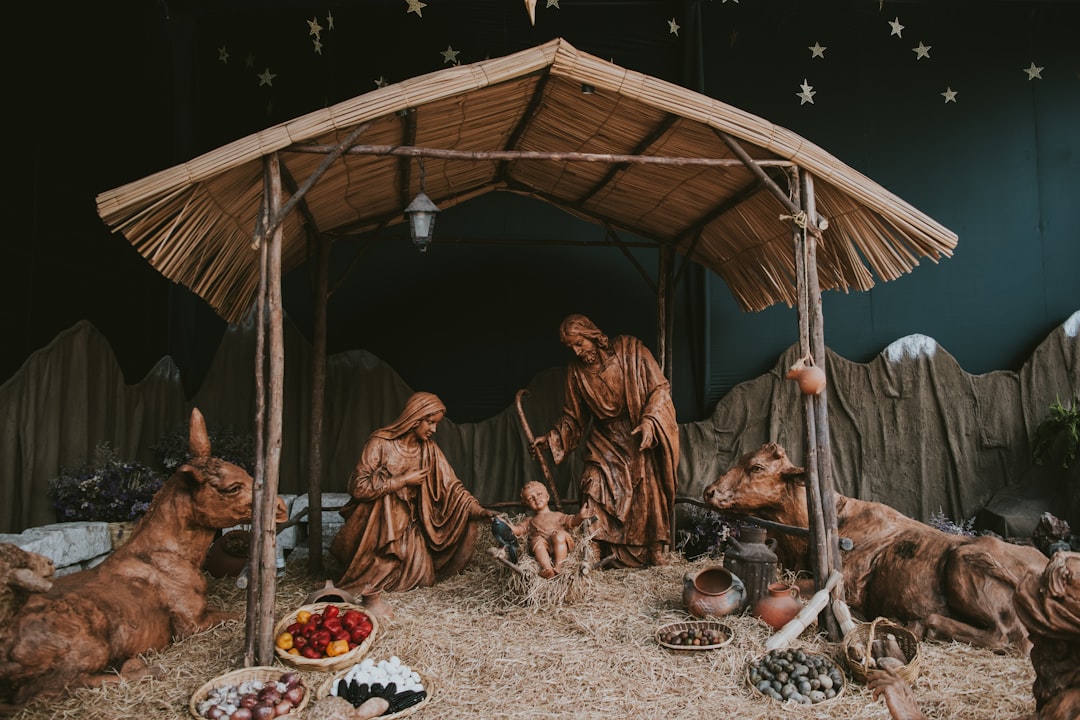
The nativity scene is not simply an evocation of the family nucleus or of simplicity. The nativity scene reminds us of the most important moment in human history, which is the birth of the Incarnate Word, the event that divides human history. The nativity scene should make us consider God's infinite charity towards us and also the virtue of those represented there, from Our Lady and Saint Joseph to the Magi, passing through the shepherds. Undoubtedly, the nativity scene reminds us of the importance of the family, and of the true family – man, woman, offspring – and reminds us of simplicity, but, above all, it must make us consider the coming of the Incarnate Word to save us, the central moment of story. God becomes a boy, God becomes a servant, God becomes a man. The nativity scene should remind us of this sublime supernatural fact.
Also the gifts exchanged during the Christmas period, in some cultures on the day of the Epiphany or on the Feast of Saint Nicholas, are a symbol of the grace that God has given us on December 25th. God has given us the greatest grace possible: the coming of the Second Person of the Holy Trinity to the world. Gifts should serve to remember this grace given to us. Gifts must also be a symbol of charity towards others. Not a symbol of simple philanthropy, of love for man for the sake of man, but of charity, that is, love of neighbor for love of God. They thus serve as a symbol of our willingness to cooperate with the salvation of others. We must drive away the consumerist spirit of Christmas.
The Christmas wreaths that we see everywhere also have their meaning. In fact, they are nothing more than crowns. These garlands refer to the laurel wreaths given to winners in antiquity. They represent, then, Christ's victory over sin and death, the triumph of the Child God over the serpent.
The approaching Christmas is a time of true spiritual joy. It is the time of the Lord, who comes into the world to redeem us with the strength of his arm. It is the time of the Root of Jesse, which comes to free us from the yoke of sin. It is the time of David's key, for only Christ can open heaven for us, with his merits, and take us out of the prison of darkness and the shadow of death. It is the time of the East, that is, of the Light, which is Christ, who is born to illuminate our intelligence and inflame our will. It is the time of the King of Nations, of the cornerstone, who wants to unite all peoples through faith and charity and who comes to save the man whom he himself formed from the slime of the earth. It is the time of Emanuel, that is, of God with us, our King and Lawgiver who comes to save us. It's a sublime time. It is time for God's mercy and time for conversion. Let us therefore take advantage of the coming of the Child God to convert ourselves entirely to Him, to do everything for Him, with Him and in Him. Let us ask God for the grace to be participants in the divine life, just as He participated in our nature by becoming incarnate. Let us not let such a great grace pass us by at Christmas time. Let us rejoice with great hope and make a good confession, so that this joy is not purely external.
In the name of the Father and of the Son and of the Holy Ghost. Amen.



